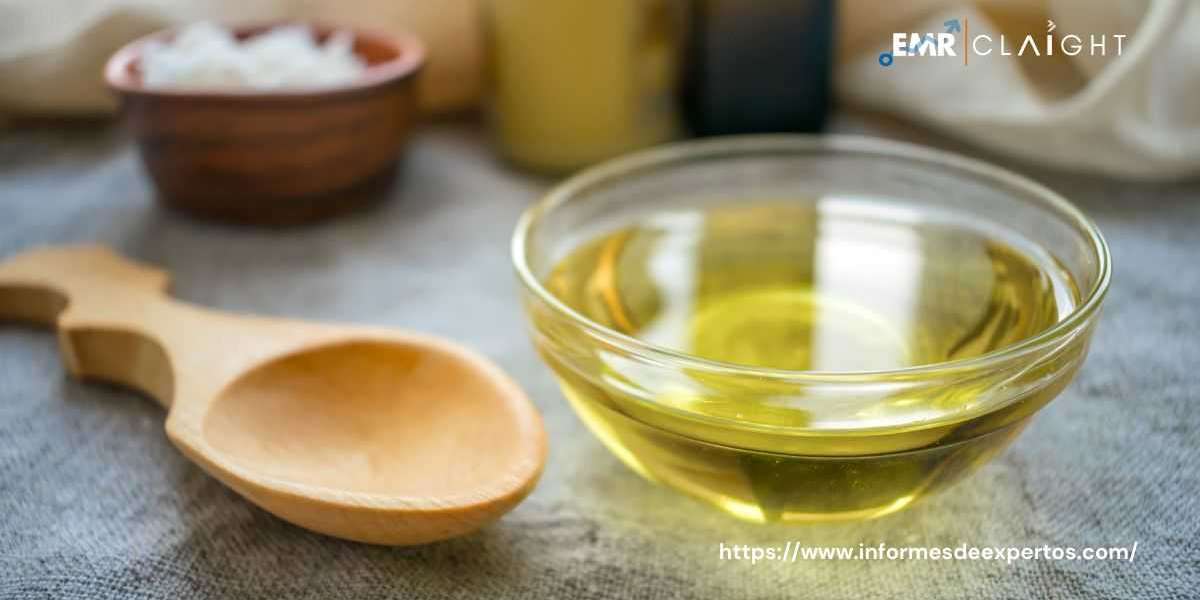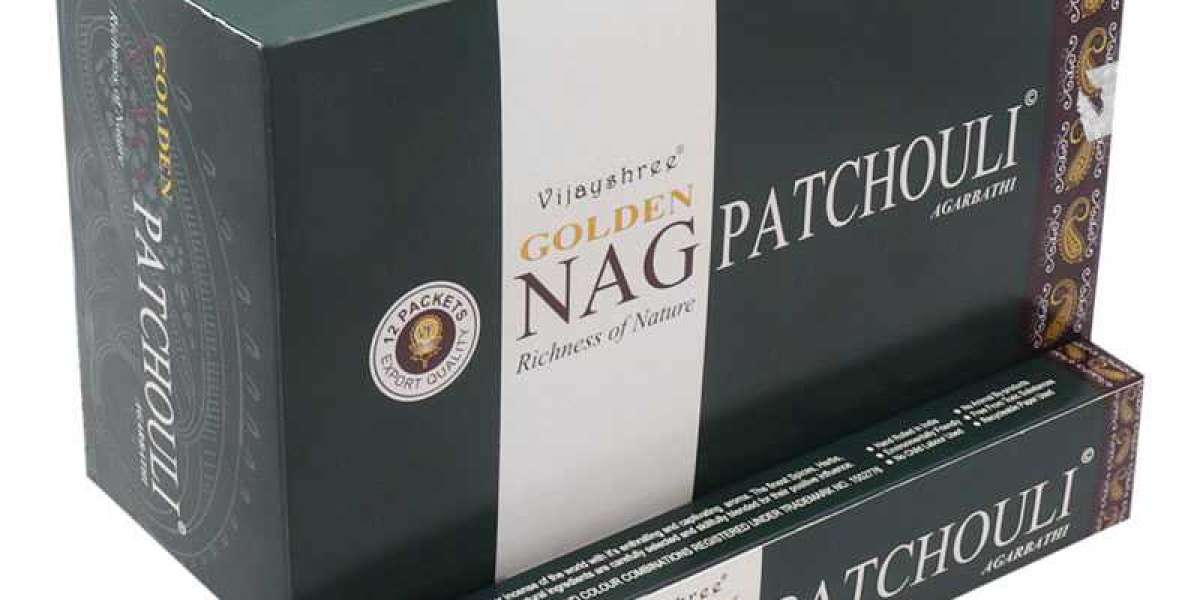The high oleic oil market represents a significant segment within the global edible oils industry, focusing on oils with high levels of monounsaturated fats, particularly oleic acid. High oleic oils are derived from various oilseed crops such as soybean, sunflower, canola, and palm, through conventional breeding or genetic modification techniques to enhance oleic acid content and stability. These oils are valued for their nutritional profile, culinary versatility, and functional properties, making them desirable ingredients for food manufacturers, foodservice operators, and consumers seeking healthier cooking oils and food products.
History
The development of high oleic oils traces back to research efforts aimed at improving the stability, shelf life, and nutritional quality of edible oils. Traditional oilseed breeding methods and modern biotechnology techniques have been employed to selectively breed or genetically modify oilseed crops to produce oils with higher oleic acid content and reduced levels of polyunsaturated fats. The commercialization of high oleic oils began in the late 20th century, driven by consumer demand for healthier dietary fats, as well as regulatory pressures to reduce trans fats and saturated fats in food products.
Production Process
High oleic oils are produced from oilseed crops such as soybean, sunflower, canola, and palm, using conventional extraction and refining processes. The production process involves seed preparation, extraction of oil using mechanical pressing or solvent extraction methods, refining to remove impurities and undesirable components, and deodorization to enhance flavor and stability. For genetically modified high oleic oils, biotechnology methods such as gene editing or genetic engineering are employed to modify oilseed crops' genetic makeup to produce oils with desired fatty acid profiles.
Types of High Oleic Oils
Major types of high oleic oils include:
- High Oleic Soybean Oil: Derived from soybeans with enhanced oleic acid content, high oleic soybean oil offers improved oxidative stability, longer shelf life, and better flavor retention compared to conventional soybean oil. It is suitable for various culinary applications, including frying, baking, salad dressings, and sauces.
- High Oleic Sunflower Oil: High oleic sunflower oil is produced from sunflower seeds with elevated levels of oleic acid and reduced levels of linoleic acid. It has a neutral flavor, light texture, and high smoke point, making it ideal for high-temperature cooking methods such as frying and sautéing.
- High Oleic Canola Oil: Canola oil with high oleic acid content is obtained from canola seeds with altered fatty acid profiles through traditional breeding or biotechnology. High oleic canola oil offers excellent stability, heat tolerance, and versatility for culinary applications, including frying, baking, and salad dressings.
- High Oleic Palm Oil: High oleic palm oil is derived from oil palm fruits genetically modified to produce oils with higher oleic acid content and reduced levels of saturated fats. It is used in food processing, foodservice, and industrial applications where oxidative stability and heat resistance are critical.
Applications
High oleic oils find diverse applications in various sectors:
- Food Industry: High oleic oils are utilized in food manufacturing for producing a wide range of products such as snacks, baked goods, confectionery, margarine, spreads, and salad dressings. They provide desirable sensory attributes, extended shelf life, and improved nutritional profiles compared to oils with higher levels of polyunsaturated fats.
- Foodservice: High oleic oils are preferred by restaurants, catering services, and institutional kitchens for frying, cooking, and food preparation due to their high smoke points, heat stability, and fry life. They help maintain consistent food quality, reduce oil absorption in fried foods, and minimize the formation of harmful compounds during cooking.
- Nutraceuticals: High oleic oils are used as ingredients in nutraceutical products such as dietary supplements, functional foods, and health supplements due to their beneficial effects on heart health, cholesterol levels, and inflammation. They are rich in monounsaturated fats, vitamin E, and antioxidants, which support cardiovascular health and overall well-being.
- Industrial Applications: High oleic oils are employed in industrial applications such as lubricants, biofuels, cosmetics, and personal care products due to their lubricating properties, viscosity control, and emollient effects. They serve as sustainable alternatives to petroleum-based chemicals and contribute to reducing environmental impacts.
Market Dynamics
The high oleic oil market is influenced by factors such as consumer awareness of health and wellness, dietary trends, regulatory standards, technological advancements, and market competition. Changing consumer preferences towards healthier cooking oils, clean label products, and sustainable sourcing practices drive demand for high oleic oils in food and beverage markets worldwide.
Regional Landscape
Major producers and consumers of high oleic oils include regions such as North America, Europe, Asia Pacific, and Latin America, where agriculture, food processing, and foodservice industries are significant economic sectors. These regions have diverse dietary habits, culinary traditions, and regulatory frameworks shaping the adoption and market penetration of high oleic oils.
Challenges and Opportunities
The high oleic oil market faces challenges such as market volatility, pricing pressures, supply chain disruptions, and consumer perceptions of biotechnology and genetically modified organisms (GMOs). Issues such as regulatory compliance, labeling requirements, and sustainability certifications require industry stakeholders to adopt transparent communication, traceability systems, and responsible sourcing practices.
However, there are opportunities for market growth, including innovations in crop breeding techniques, biotechnology applications, and value-added product development. Emerging trends such as clean label products, plant-based diets, and functional foods offer avenues for differentiation and market expansion in the competitive landscape of the high oleic oil market.
Future Outlook
The high oleic oil market is poised for continued growth and innovation, driven by factors such as population growth, urbanization, lifestyle changes, and increasing demand for healthier food options. As consumers prioritize health and wellness, high oleic oils will continue to gain traction as preferred cooking oils and ingredients in food products, contributing to a more sustainable and nutritious food supply chain.








